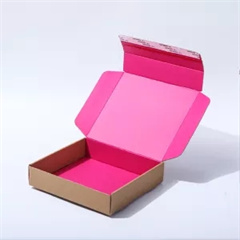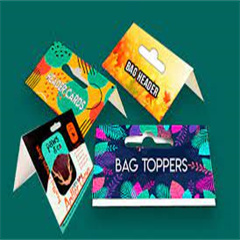PVC bags, like other plastic products, have a significant role to play in the circular economy. The circular economy is an economic model focused on minimizing waste and making the most of resources by keeping products and materials in use for as long as possible. Here’s how PVC bags can be integrated into this sustainable approach:
- Design for Durability: To support the circular economy, PVC bags should be designed with durability in mind. This means using high-quality materials, reinforced stitching, and sturdy hardware to ensure the bags have a long lifespan.
- Repair and Maintenance: Encourage consumers to repair and maintain their PVC bags rather than disposing of them when they encounter minor issues. Offering repair services or providing guidance on DIY repairs can extend the bag’s life.
- Reuse: PVC bags can be reused in various ways. Consumers can use them for multiple purposes, such as grocery shopping, organizing items, or protecting belongings during outdoor activities. Fashion brands can also promote the versatility of PVC bags for different occasions and styles.
- Recycling: When PVC bags reach the end of their life cycle or are no longer usable, they can be recycled. PVC is technically recyclable, and there are recycling programs and facilities that can process PVC materials. Brands can collaborate with recycling companies or educate consumers about recycling options.
- Upcycling: Another option is upcycling PVC bags into new products or designs. For example, old PVC bags can be transformed into accessories, like coin purses or keychains, or even incorporated into clothing or home decor.
- Closed-Loop Systems: Brands can implement closed-loop systems by offering incentives for customers to return their old PVC bags for recycling or upcycling. In exchange, customers could receive discounts on new purchases, creating a circular supply chain.
- Alternative Materials: Explore the use of alternative, more sustainable materials for PVC bags, such as bio-based or recycled PVC, which can reduce the environmental impact and fit better within a circular economy model.
- Sustainability Labels: Brands can provide clear information to consumers about the sustainability of their PVC bags, including details on materials used, recycling options, and certifications related to responsible production.
- Consumer Education: Educate consumers about the principles of the circular economy, the importance of extending product lifecycles, and how they can contribute by making conscious choices and properly disposing of PVC bags.
- Collaboration: Collaborate with other brands, organizations, and government initiatives focused on circular economy principles to drive collective action and create a more sustainable industry.
By incorporating these strategies, PVC bags can become a more sustainable and circular product within the fashion and accessories industry. This approach not only reduces the environmental impact of PVC bags but also contributes to the broader goal of reducing waste and conserving resources in a circular economy.








